Colombia—Land of Magic and More Magic
 “Excuse me,” I said, “I don’t believe I heard you correctly. We’re going where?”
“Excuse me,” I said, “I don’t believe I heard you correctly. We’re going where?”
“Colombia,” my husband repeated. “Bogotá, specifically, but likely elsewhere in the country too.”
“Are you out of your mind!” was my swift rejoinder. Back in 2009 drug cartels, kidnappings, and the like were synonymous with that country.
It’s true that we’ve been adventuresome. We weren’t the jumping-out-of-airplanes kind of travelers that might imply, but I had agreed to marry him in 1992 when we were in Cambodia literally dodging landmines, after all. He had wanted to marry for quite a few years, but I had always resisted. I never understood the need for that piece of paper. However, after five years together, I thought, “Who else am I going to dodge landmines with?” and agreed. A couple of years after that, we found ourselves trekking in the Himalayas on Christmas day in a blizzard. Not the scale of an Into Thin Air whiteout, but a blizzard nonetheless.
It had been quite a few years since those journeys. And while we definitely weren’t now lounging on beaches when we adventured out in the world, I had thought those types of experiences were behind us.
Apparently not.
After persuading me that the situation had substantially calmed down in recent years and after, rather magically, quite a few people—those who had recently traveled to Colombia, worked in Colombia, had a fellowship in Colombia—appeared in our lives within just a few weeks, each extolling the country’s positive attributes, I acquiesced. Not completely convinced, still nervous, but my unceasing curiosity and passionate love of travel took over. Two months later we were on a plane to Bogotá.
Essentially, I was the “Plus One,” just coming along for the ride, so to speak. Aaron needed to research and experience first-hand Bogotá’s “Ciclovía,” the world’s first Open Streets event where every Sunday and every holiday, the city’s streets are made solely available to cyclists and walkers and skateboarders and families to exercise, stroll, meet friends, and hang out. Eighty consecutive car-free miles. It was a revolutionary concept that was being embraced in countries around the globe. He was working with a small team to start a like-minded Open Streets program—what would be called “CicLAvia”—in our home city of Los Angeles.
In 2009 there was a direct eight-hour, overnight flight from Los Angeles to Bogotá. A mere night’s sleep that landed us in a country that felt familiar, as we’ve traveled quite a bit in Mexico and South America, yet… wasn’t.
On the way from the airport to our hotel in La Candelaria, Bogotá’s historic center, along a route vaguely reminiscent of Sunset Boulevard as it swerved and curved through the hills, I distinctly recall looking intently out the window thinking, “hmm.”
About an hour later—the onset of only our second hour in this country—when we were seated in one of Colombia’s emblematic Juan Valdez cafés, I fully understood what I had been thinking, and feeling. I turned to Aaron and said, “I get it. I finally get it. Can’t believe I’ve been so slow. We’re not here for your project; we’re here for mine. This is the birthplace of magical realism!”
A little background is in order. At the time, I was deep in the midst of writing my first novel, Guesthouse for Ganesha, a magical realistic tale narrated by the beloved Hindu God Ganesha. He journeys with my protagonist, Esther, a young Jewish woman, pre-WWII, during the war when she passes as a gentile master tailor/furrier working with the Resistance to survive, and after when she goes to India. In its essence, it’s a story about what it means to be human and, ultimately, a story about love.
And, here we were in Colombia, the homeland of Gabriel Garcia Marquez, the father of magical realism. All in the guise of a business trip for my husband!
The circumstances definitely underscored the genre in action.
So, while he attended back-to-back meetings about urban infrastructure, event governance, and bus rapid transit networks, I wandered and explored and observed. And reflected, most especially on Gabo’s books and how, being in the land of his birth, his writing now seemed more journalistic—honestly and authentically capturing what he saw around him—rather than “inventive.” There was no need. Here in this astonishing land and landscape, the realistic layers of life were side by side with those of the surreal and dreamlike. Evident for all to see. In no way do I mean to diminish his incomparable talent, only that it came from, perhaps, a different angle.
Then, I sat in cafés and bookstores and libraries and wrote. And wrote. And wrote. Although we were only in Colombiá for two weeks on that trip—we would return four years later—I completed three chapters and easily unraveled countless answers to questions about how to move the characters in my novel forward.
The place inspires. Fully. Perhaps it’s cliché to say, but it’s true: colors are heightened there. Sounds, too. Tastes. The country and its people dazzle. What one anticipates will be a mundane walk down a small side street turns into a grand adventure woven with dramatic parrots, diminutive doorways, striking flora, and a dancer twirling on point.
Gabriel Garcia Marquez said it best. He said everything best. But this quote, in particular, stays with me,
Don’t struggle so much, the best things happen when not expected.
—
Judith Teitelman has straddled the worlds of art, literature, and business since she was a teenager and worked her first job as a salesperson at a B. Dalton / Pickwick Bookstore. Just three months after graduating from UCLA with a degree in Art History, she was hired by Ace Gallery to open and manage Art and Architecture Books of the Twentieth Century, at the time Los Angeles’ second bookstore devoted exclusively to the arts. She began her career in the nonprofit sector in 1983, and in 1990 launched her arts and business management consulting firm working nationally with grass roots and mid-sized organizations and large institutions. She is also a mentor, trainer, and professional advisor to artists working in all disciplines.
Judith is on the Theater School faculty at California Institute of the Arts (CalArts) co-teaching Entrepreneurship. She is a regular trainer at the Long Beach Nonprofit Partnership and the Center for Cultural Innovation (CCI), among others, and was a trainer for more than 20 years at Los Angeles’ Center for Nonprofit Management.
Always, Judith continued her pursuit of all things literary and over the years, her articles have been published in a variety of formats and publications. These include two articles on the National Endowment for the Arts website, one that remained on the site for a dozen years, and six recent articles in Professional Artist magazine.
In 2008 Judith was a finalist for a PEN Emerging Voices Fellowship. Guesthouse for Ganesha, a tale of love, loss, and spirit reclaimed, is her debut novel. In 2016 this novel’s first chapter was published in the highly regarded literary journal PoemMemoirStory.
Social media links:
Facebook: https://www.facebook.com/Guesthouse-for-Ganesha-317749368845421/
Instagram: https://www.instagram.com/judithteitelman/
Twitter: https://twitter.com/JudithTeitelman
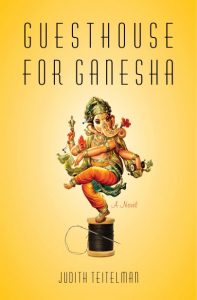 In 1923, seventeen-year-old Esther Grünspan arrives in Köln “with a hardened heart as her sole luggage.” Thus begins a twenty-two-year journey, woven against the backdrops of the European Holocaust and the Hindu Kali Yuga (the “Age of Darkness” when human civilization degenerates spiritually), in search of a place of sanctuary. Throughout her travails, using cunning and shrewdness, Esther relies on her masterful tailoring skills to help mask her Jewish heritage, navigate war-torn Europe, and emigrate to India.
In 1923, seventeen-year-old Esther Grünspan arrives in Köln “with a hardened heart as her sole luggage.” Thus begins a twenty-two-year journey, woven against the backdrops of the European Holocaust and the Hindu Kali Yuga (the “Age of Darkness” when human civilization degenerates spiritually), in search of a place of sanctuary. Throughout her travails, using cunning and shrewdness, Esther relies on her masterful tailoring skills to help mask her Jewish heritage, navigate war-torn Europe, and emigrate to India.
Esther’s traveling companion and the novel’s narrator is Ganesha, the elephant-headed Hindu God worshipped by millions for his abilities to destroy obstacles, bestow wishes, and avenge evils. Impressed by Esther’s fortitude and relentless determination, born of her deep―though unconscious―understanding of the meaning and purpose of love, Ganesha, with compassion, insight, and poetry, chooses to highlight her story because he recognizes it is all of our stories―for truth resides at the essence of its telling.
Weaving Eastern beliefs and perspectives with Western realities and pragmatism, Guesthouse for Ganesha is a tale of love, loss, and spirit reclaimed.
“Teitelman paints an intensely beautiful world in which different cultures merge in surprising ways. . . . A rich and moving story about an unlikely pair.”
―Kirkus Reviews
Category: Contemporary Women Writers, On Writing





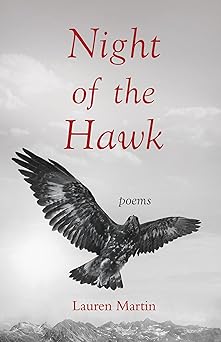
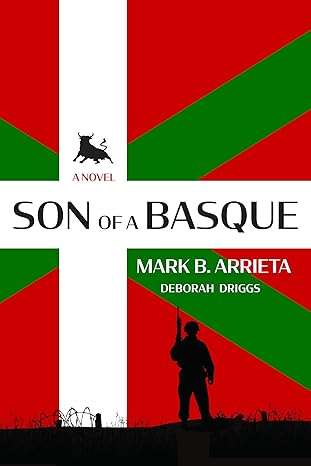


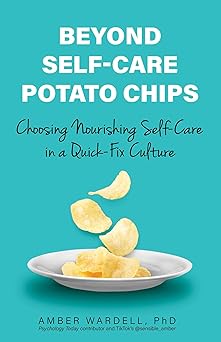
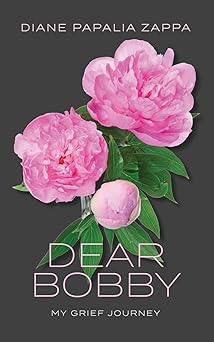
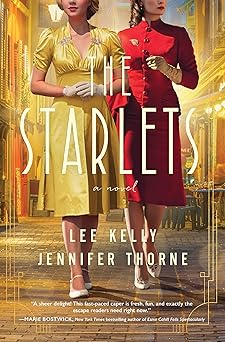

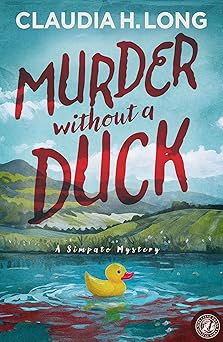
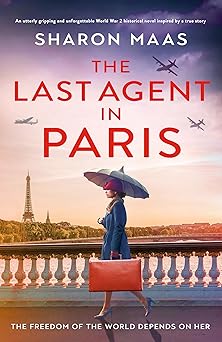
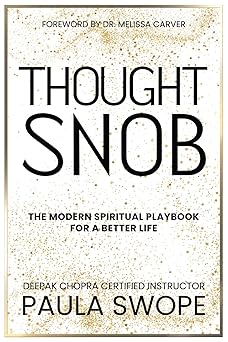
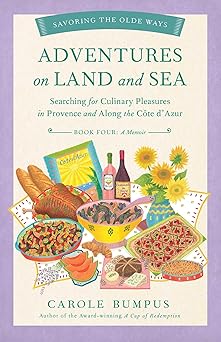
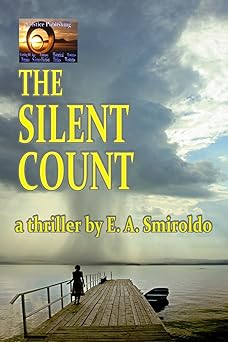

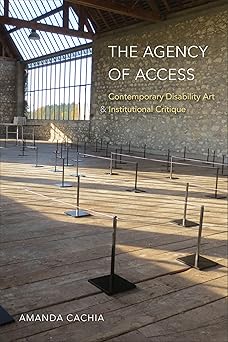
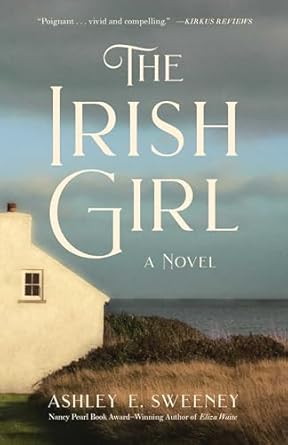



Loved your post. I was born in Bogota many, many years ago, and just visited again recently. It’s an incredibly beautiful country filled with some of the kindest people I’ve ever met. Bogota was a terrific place to visit, but I fell even more in love with Medellin. Next trip, Cartagena and Barranquilla.